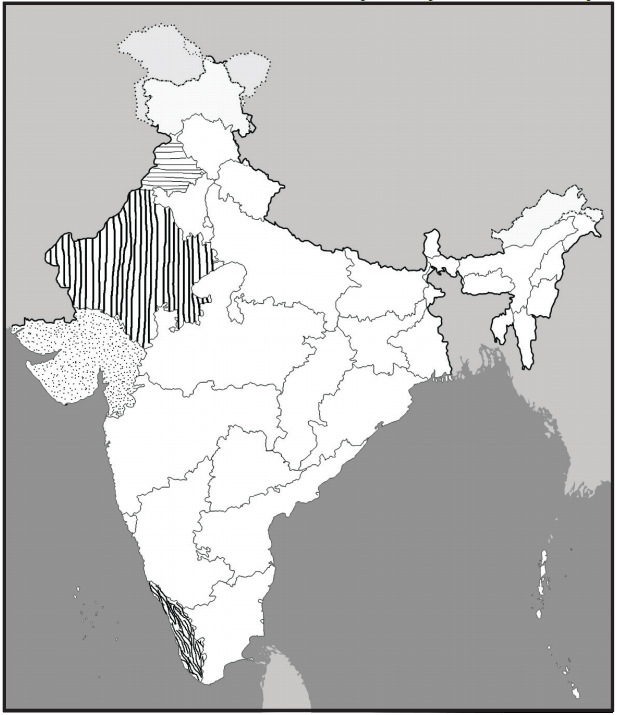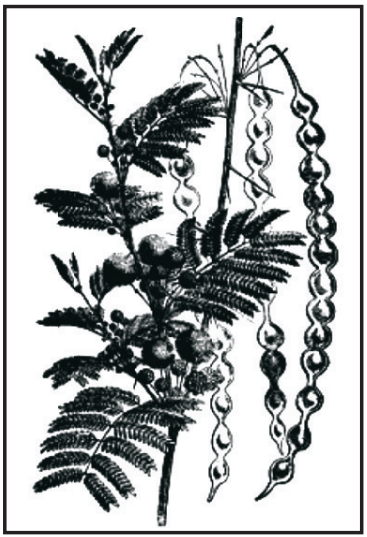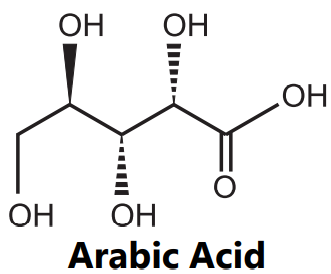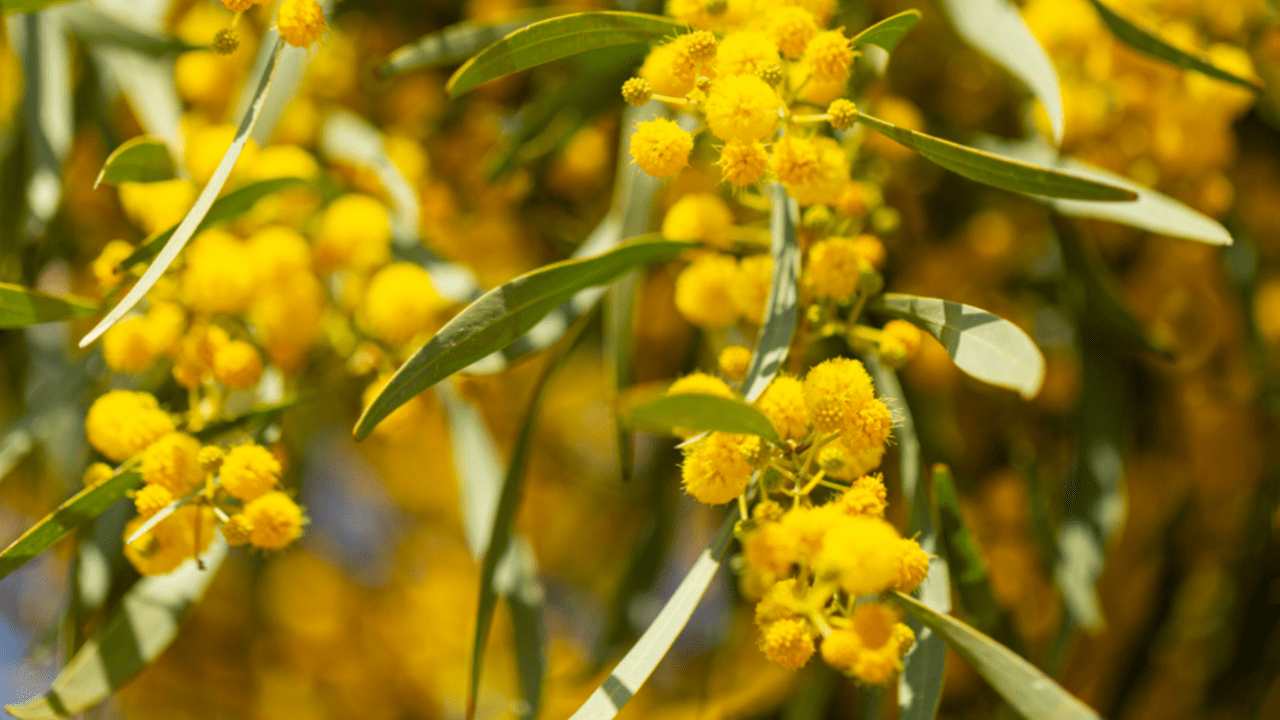Acacia: It is a dried gummy exudation obtained from the stem and branches of Acacia arabica, A. Senegal.
Family: Leguminosae.
Distribution:
The plant is distributed in West Africa, Central Africa, Europe, Australia, Asia. In India, it is collected from Western Ghats, Punjab, Rajasthan, and Gujarat (Fig.1).

Plant Description:
The plants are spiny shrubs or small to large-sized trees, but the growth mainly depends on the species. They prefer a dry climate and grow to about 10 to 60 feet in height. The branches are purplish to grey with very small glands. The leaves are compound pinnate, but in some species, the leaflets are suppressed, vertically flattened.
The bark is light brown with a rough surface. The flowers are small with five small petals (Fig.2).

Description of Gum:
The gum is round tears and white but sometimes light brown or cream brown color also forms, which is the inferior quality of gum. The outer surface of the gum is dull and smooth, but dried gum is brittle. The gum is odourless and mucilaginous in taste. The gum is soluble in water and forms acid, but is insoluble in alcohol. In the chemical test, the gum shows a negative result for tannin and starch. The gum contains 5% ash and less than 15% of moisture.
Parts Used: Pods, seed, and gummy exudation from the stem.
Collection and Preparation:
After the rainy season, the gum exudes spontaneously from the trunk and principal branches. Since the flow is small in quantity, it is stimulated by incisions in the bark. To facilitate the flow, a thin strip, 2 to 3 feet in length and 1 to 3 inches wide is torn off. In about a fortnight, it thickens and hardens on exposure to the air, in the form of round or oval tears. They are white or red, according to whether the species is a white or red gum tree. Then the gum is harvested and marketed as ‘Gum Arabica’.
Chemical Constituents:
Gum Acacia consists principally of Arabin, a compound of Arabic acid with calcium. It can be obtained as an amorphous precipitate by treating with alcohol an aqueous solution of gum Arabic in the presence of hydrochloric acid. It is soluble in water and insoluble in alcohol. Varying amounts of magnesium and potassium salts of Arabic acid are also present. The gum also contains 12 to 17 percent of moisture and a trace of sugar. Apart from that it also contains oxidase and peroxidase enzymes. Gum arabic is a complex, slightly acidic polysaccharide.

Chemical Tests for Acacia:
- An aqueous solution of gum + Ruthenium red → No Pink color.
- The aqueous solution of gum + Hydrogen peroxide + Benzidine in alcohol → Blue color (Due to presence of oxidase enzyme)
- Aqueous solution of gum + Lead subacetate → Gelatinous form
- An aqueous solution of gum + Ferric chloride → No blackish coloration or blackish precipitate → Tannin absent.
- The aqueous solution of gum + Iodine solution → No blue color (Starch absent).
- Aqueous solution of gum + dilute. HCl → Boil → Add Fehling’s A and B → Red colour after heating.
Uses of Acacia:
Acacia gum is used in pharmaceuticals as a demulcent. It is used topically for healing wounds and has been shown to inhibit the growth of periodontic bacteria and the early deposition of plaque. Acacia is used as an emulsifier and a thickening agent in icing, fillings, chewing gum, and other confectionery items. It also reduces cholesterol levels and helps to increase weight loss when taken orally. It is also used in diarrhea, irritations, ulcer in the stomach and intestine, bleeding piles, leucorrhoea, etc.
Adulterants and Substituents:
Gum Senegal is often used as a substituent for Indian gum. It is identified as gum Senegal is yellowish-white in color, tears are ovoid, whereas gum Arabica is whitish, and tears are rounded.
Indian gum is adulterated with gum ghatti obtained from Anogeissus latifolia. It is identified as it reacts with lead subacetate, but very little precipitate will form, and morphologically, the outer surface of the gum is dull and without fissures. Starch, sterculia gum, and dextrins are also used as adulterants for Indian gum.
Storage:
In contact with the moisture the gum becomes hardened and darkened in color and this can affect its quality. Hence, it should be stored in a clean, cool, and dry place. It does not deteriorate due to long storage under such favorable conditions.
Make sure you also check our other amazing Article on : Short Note on Jute
